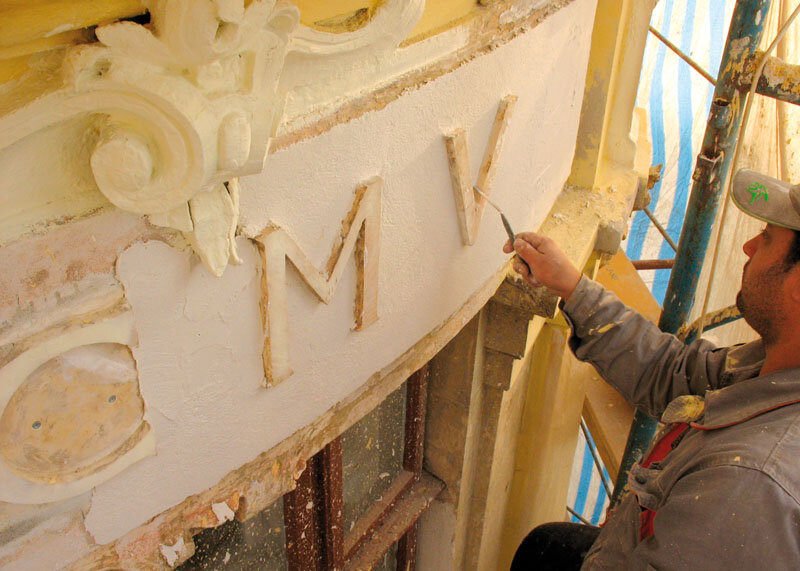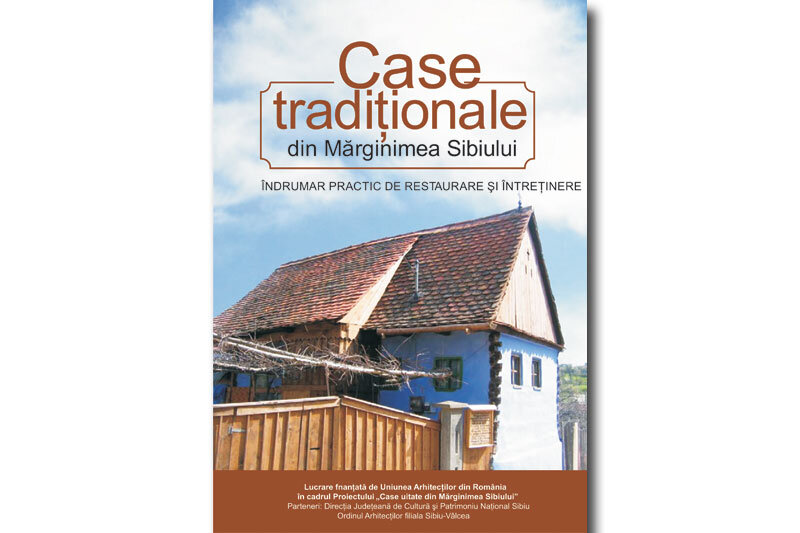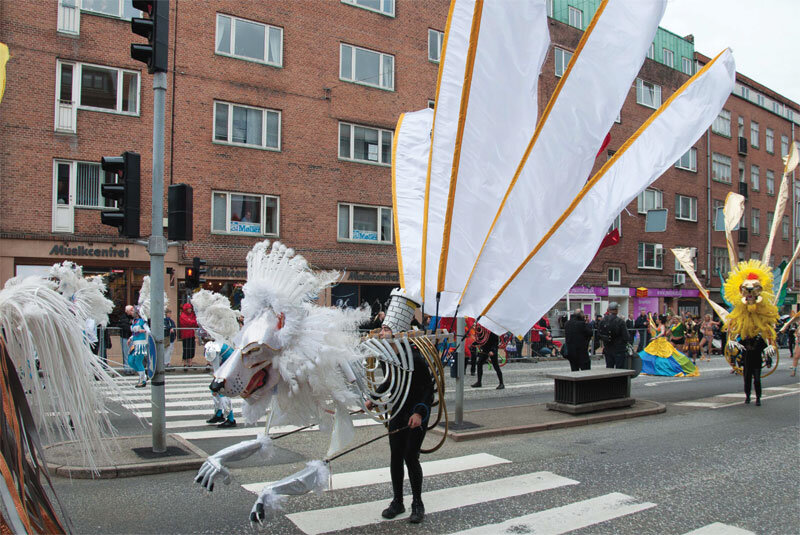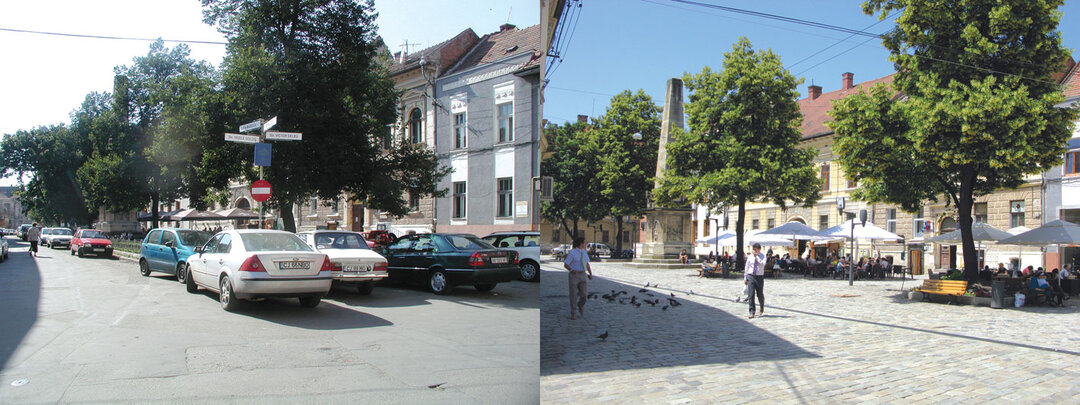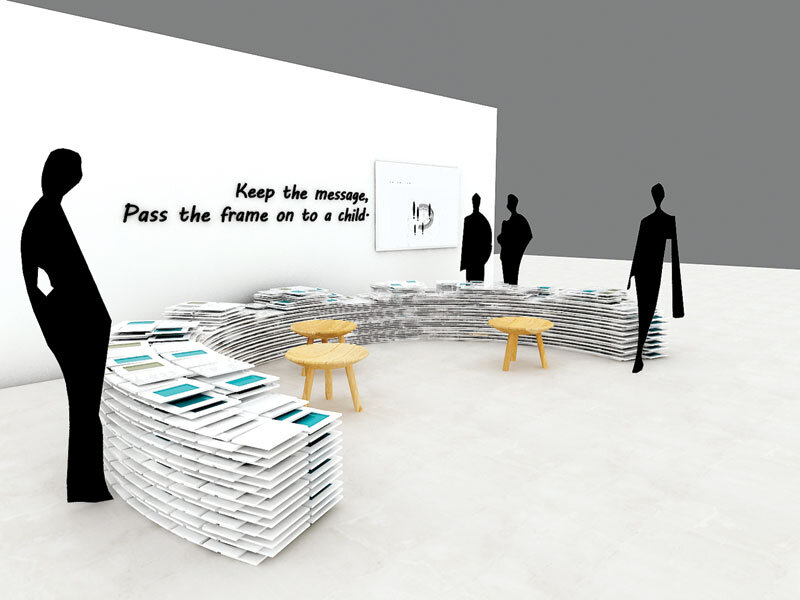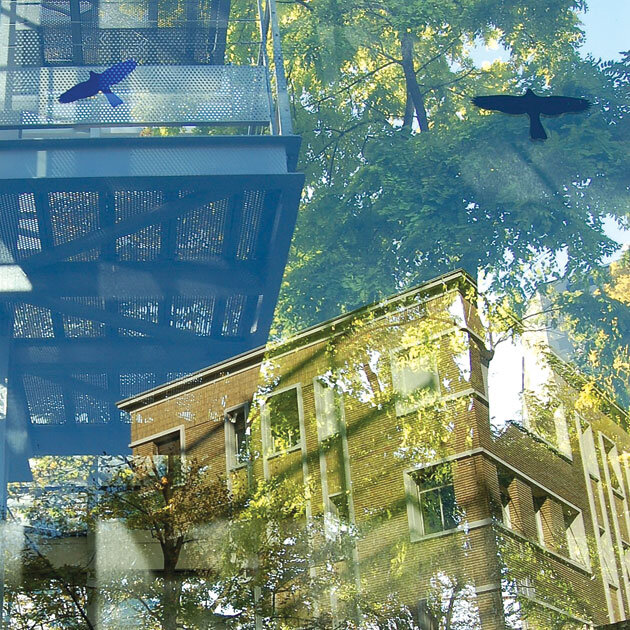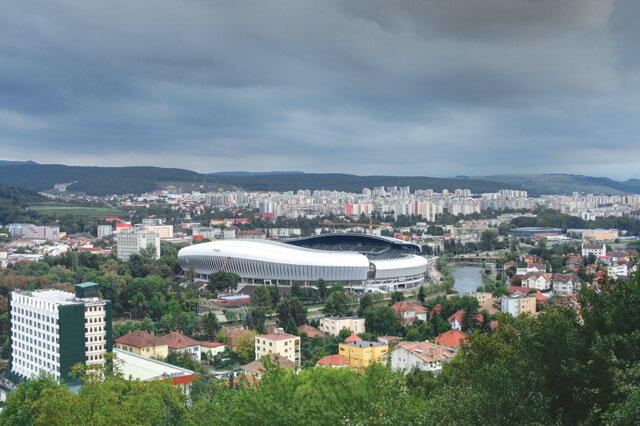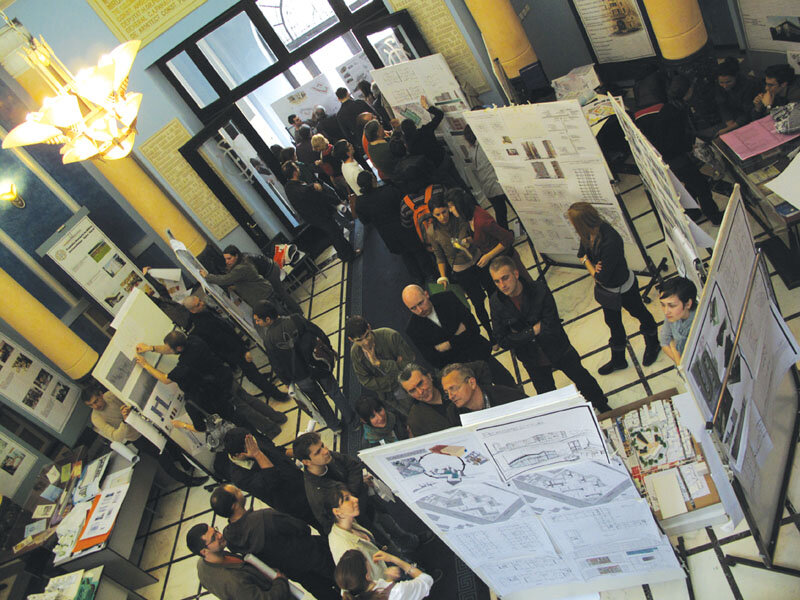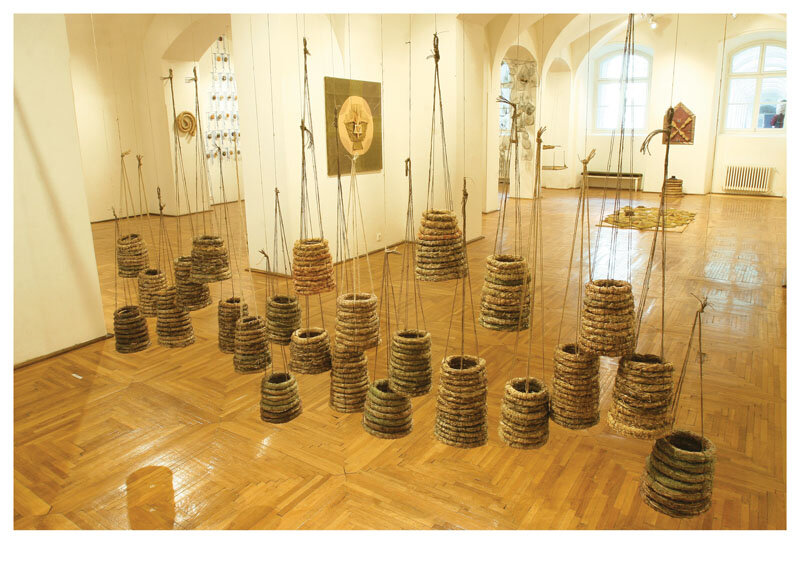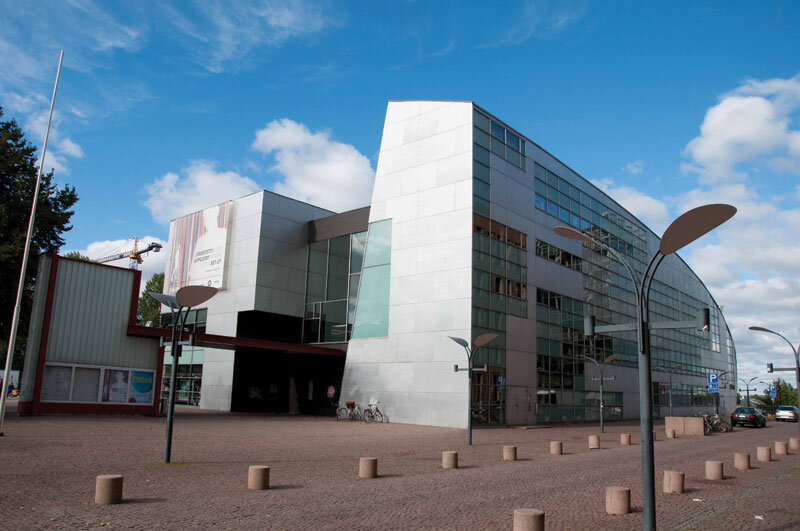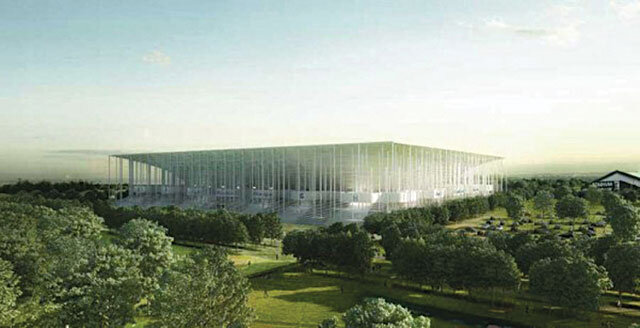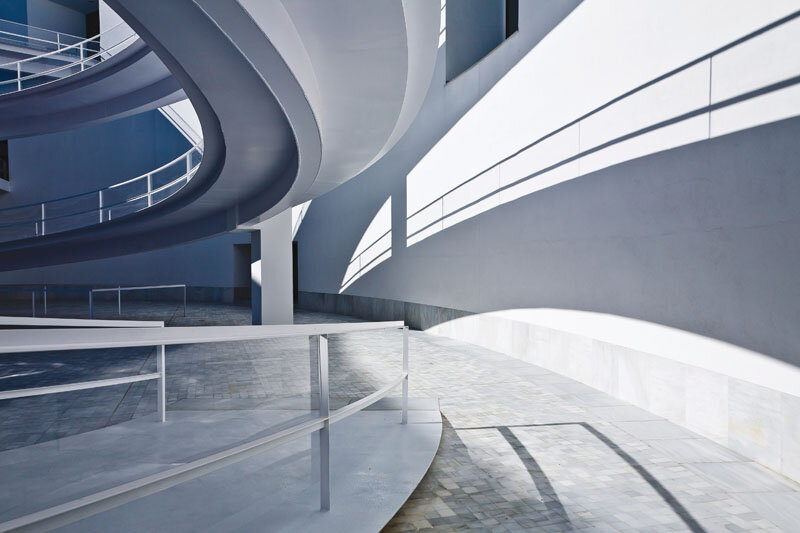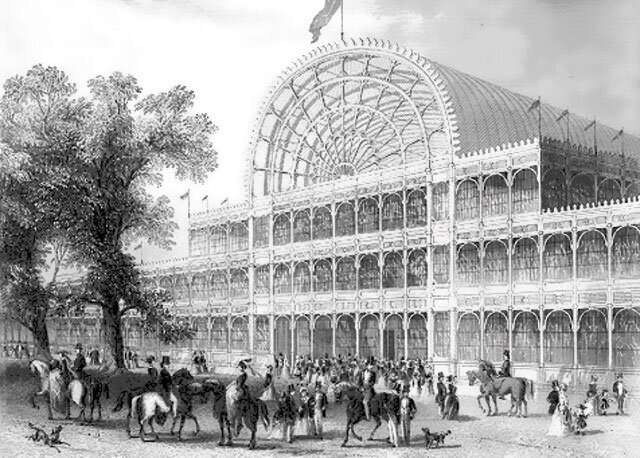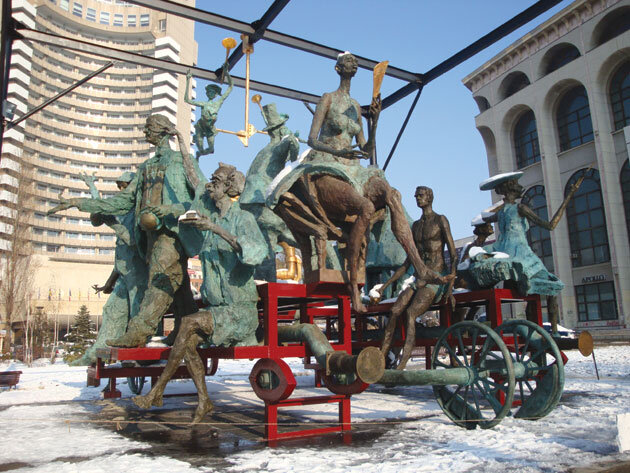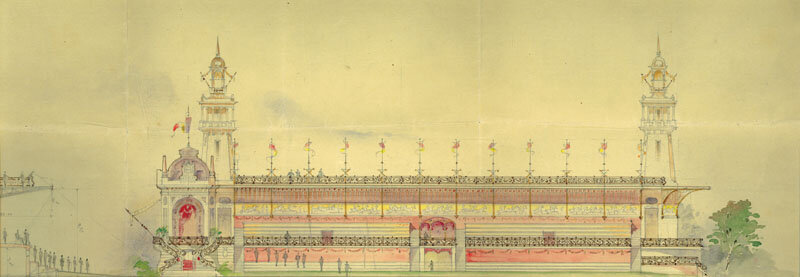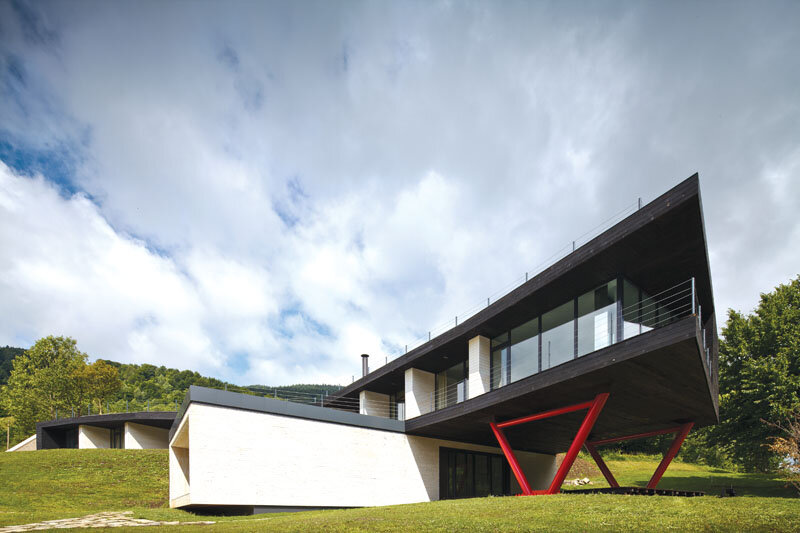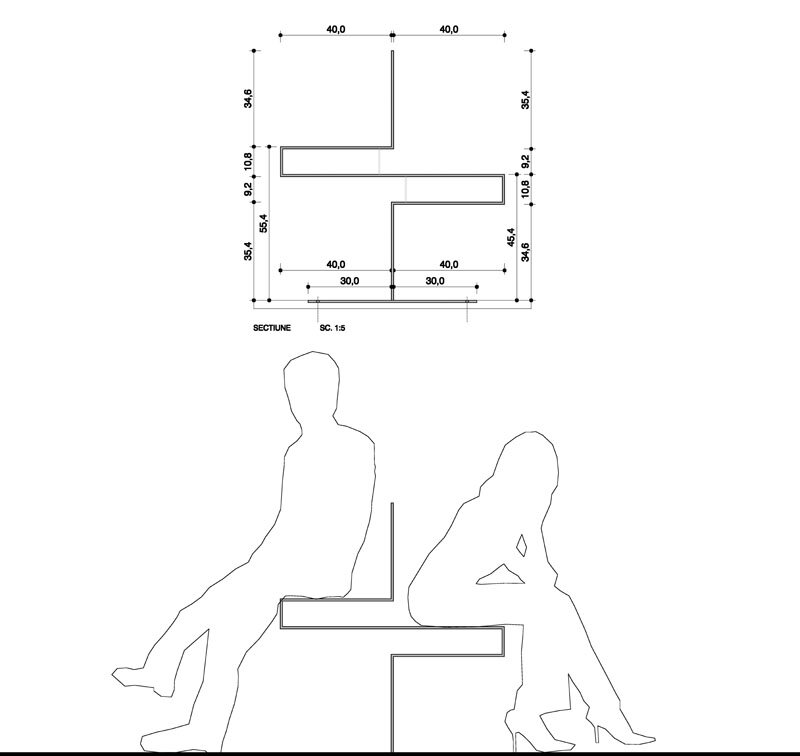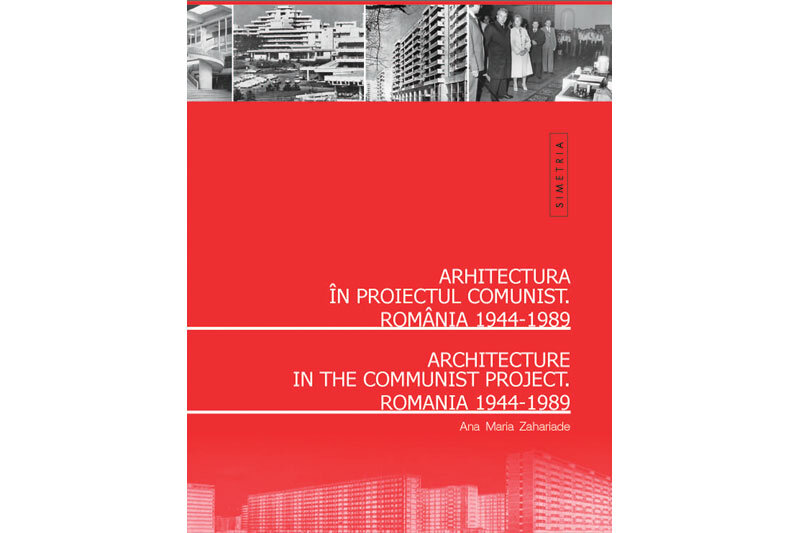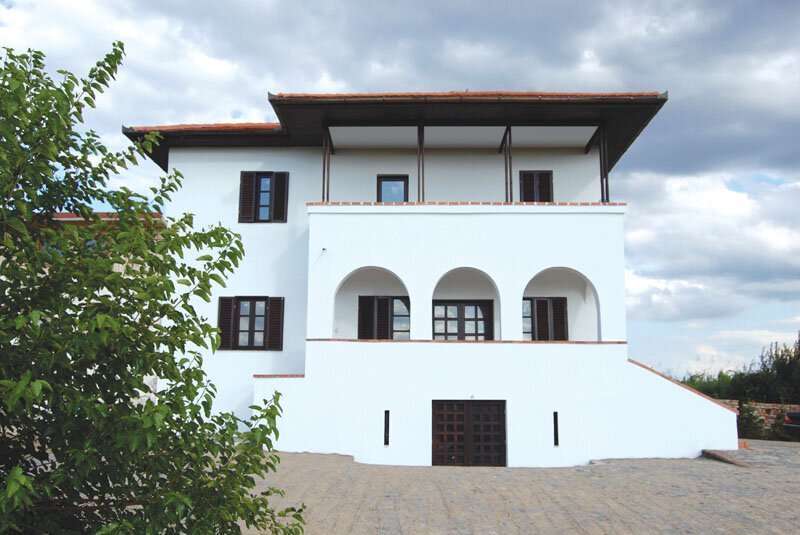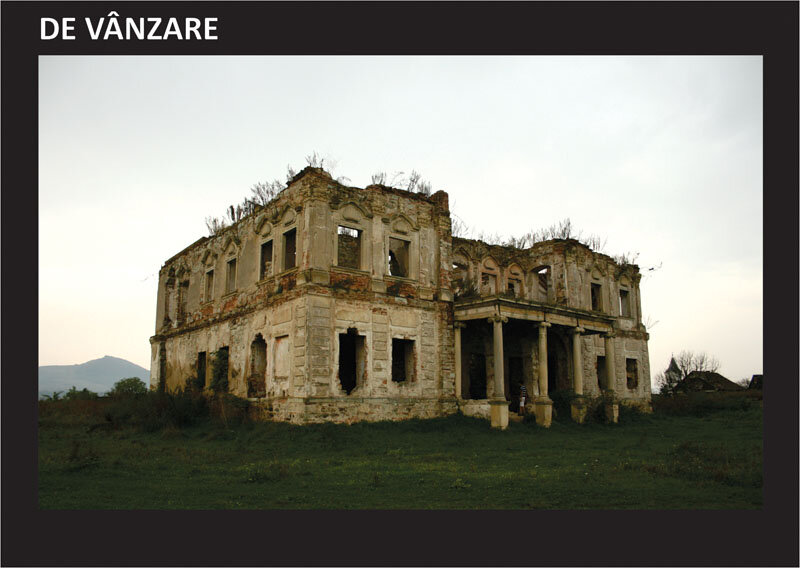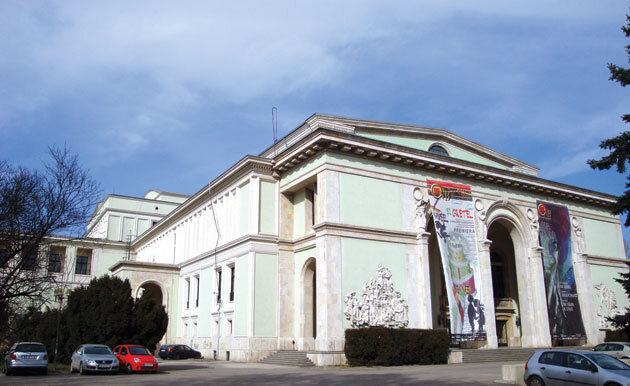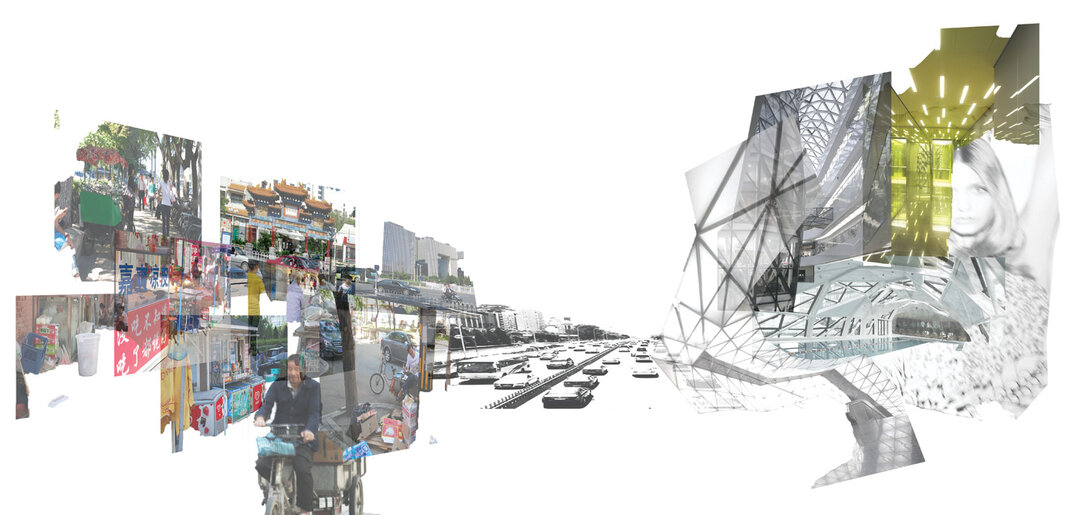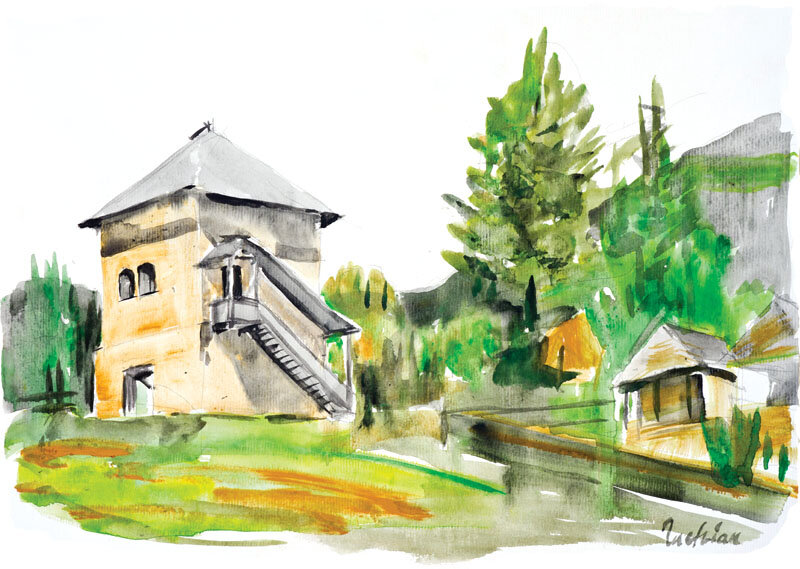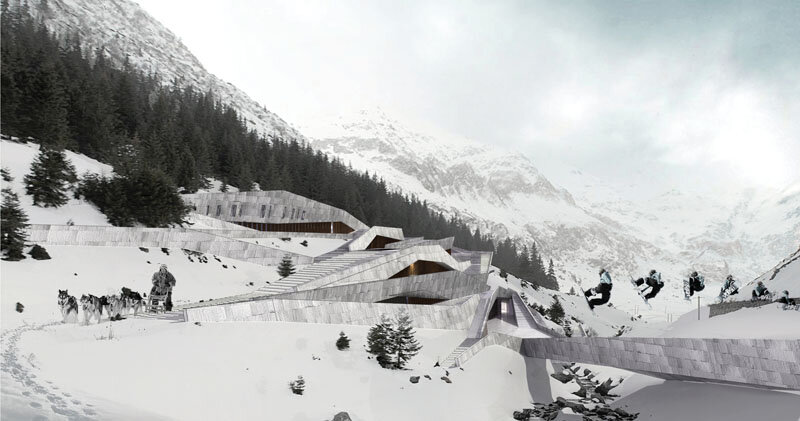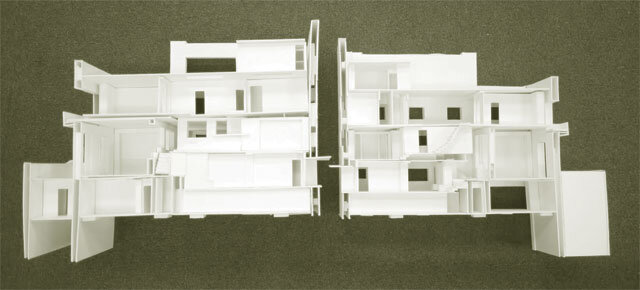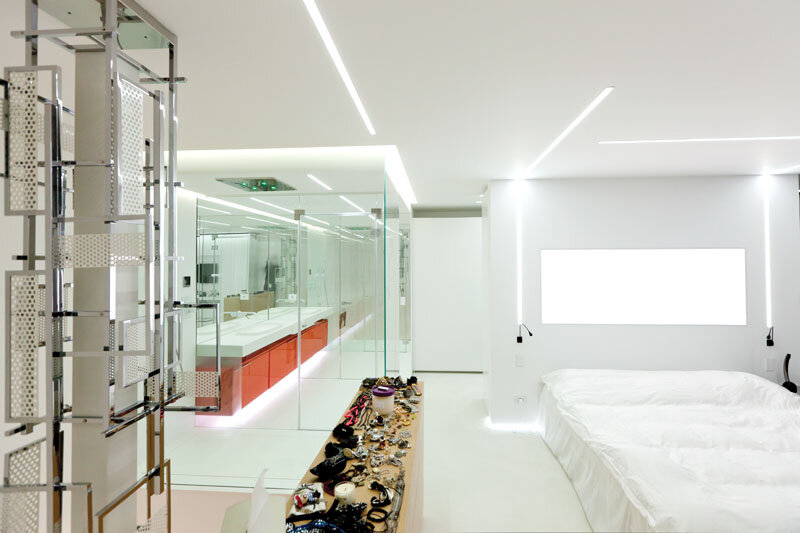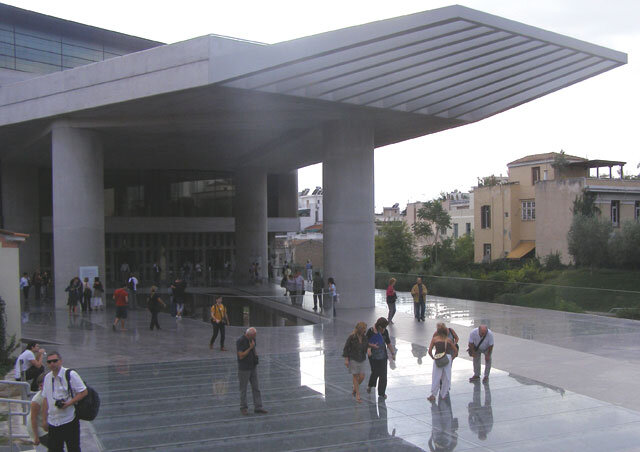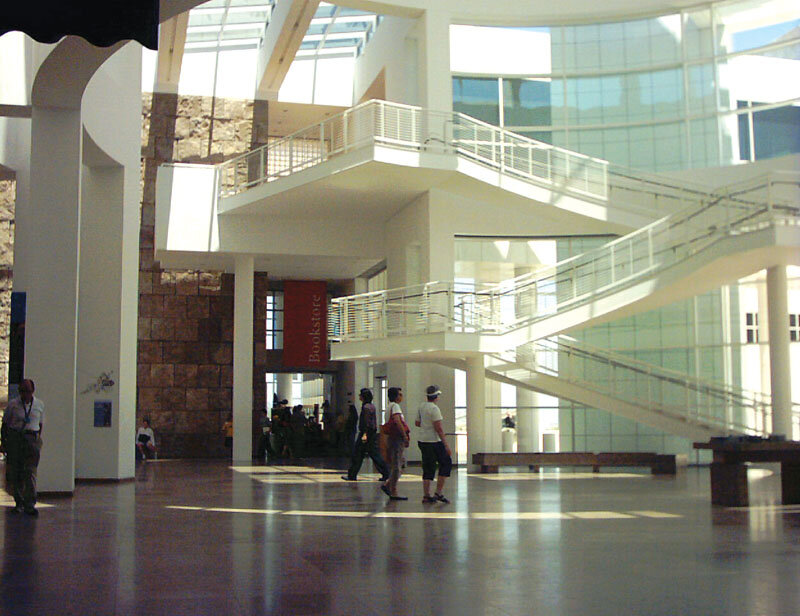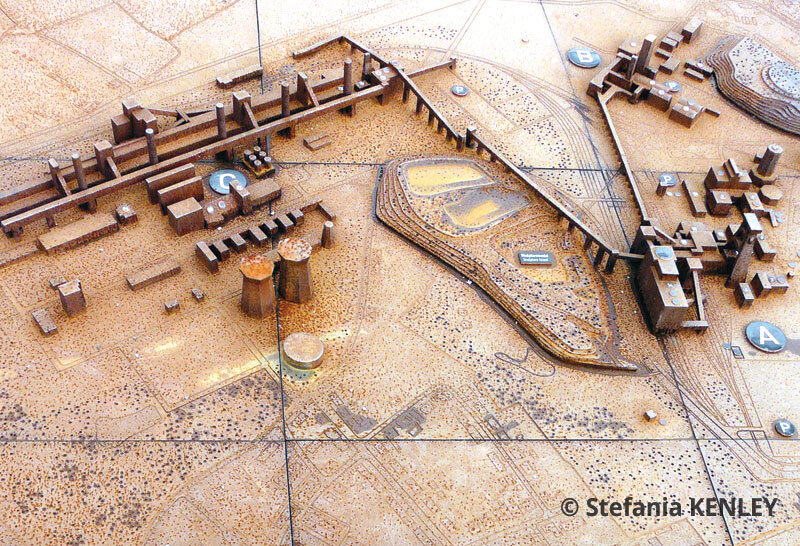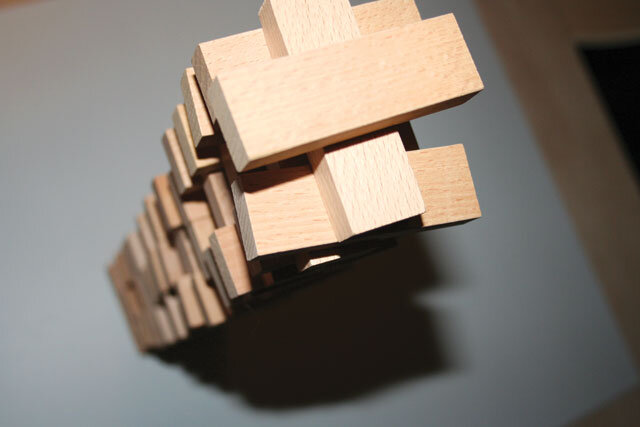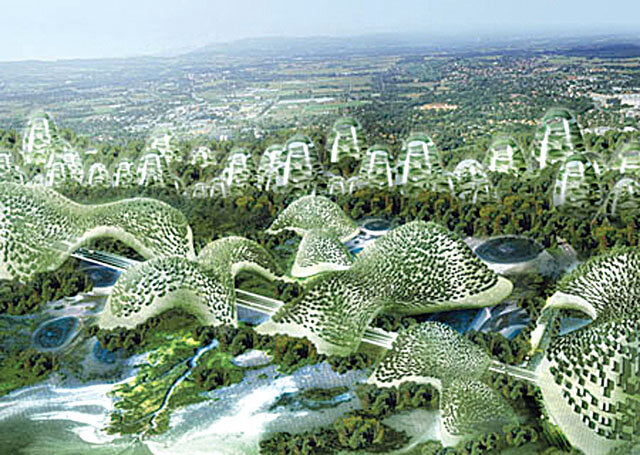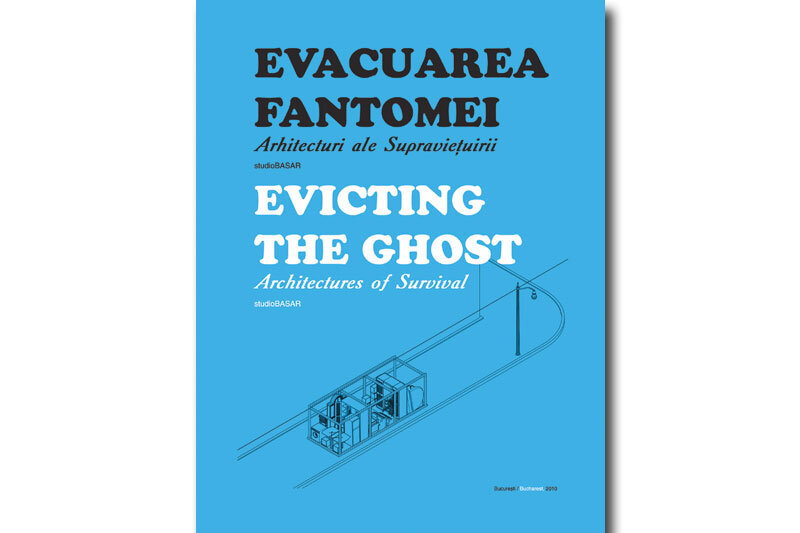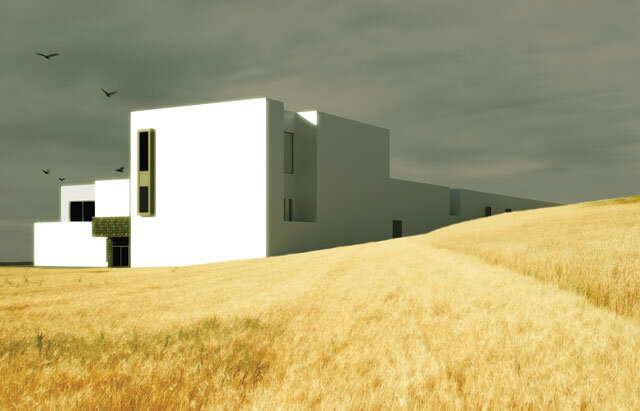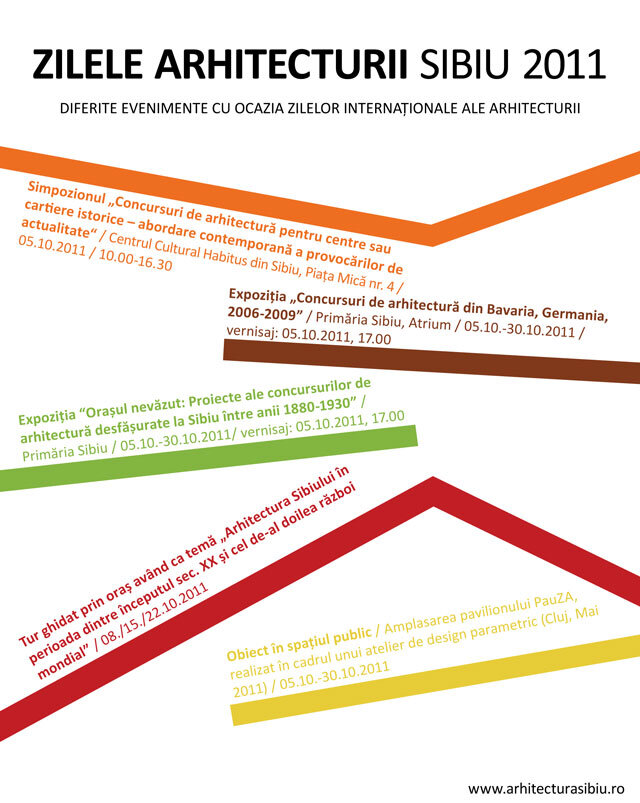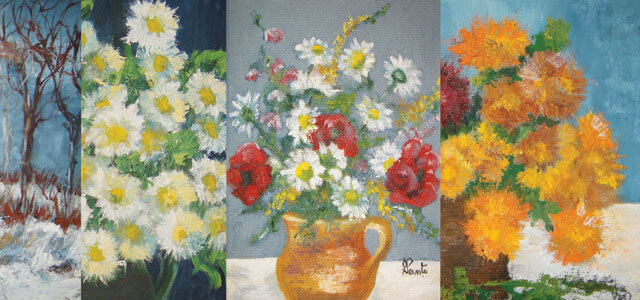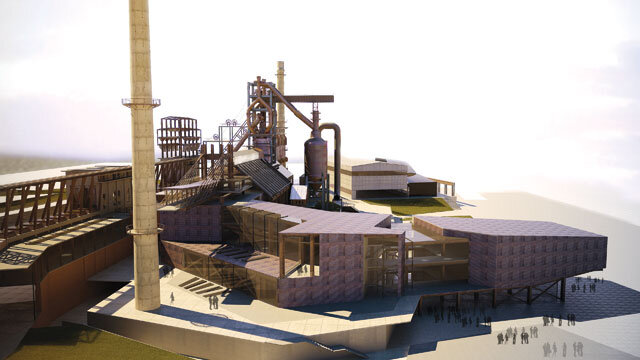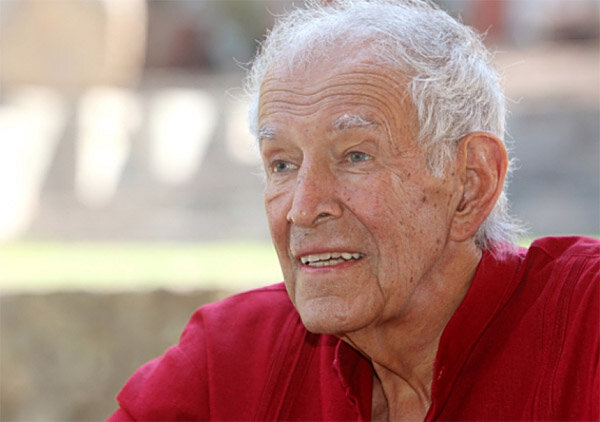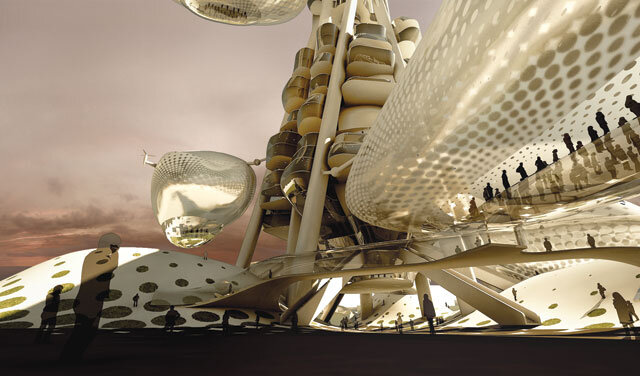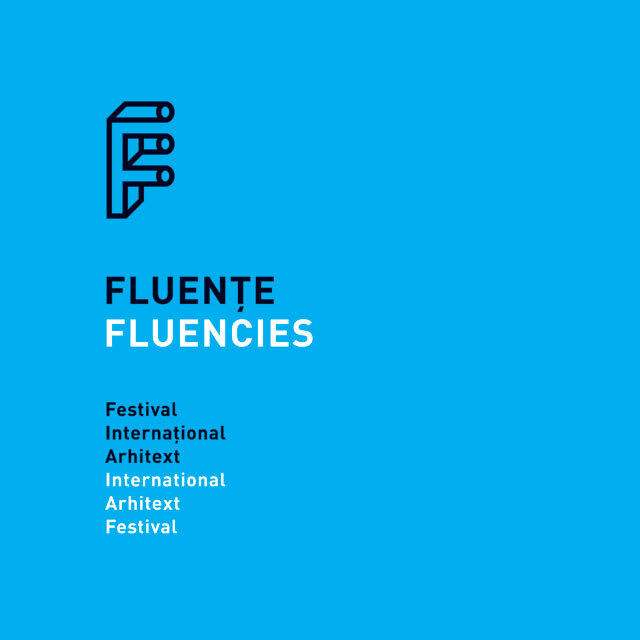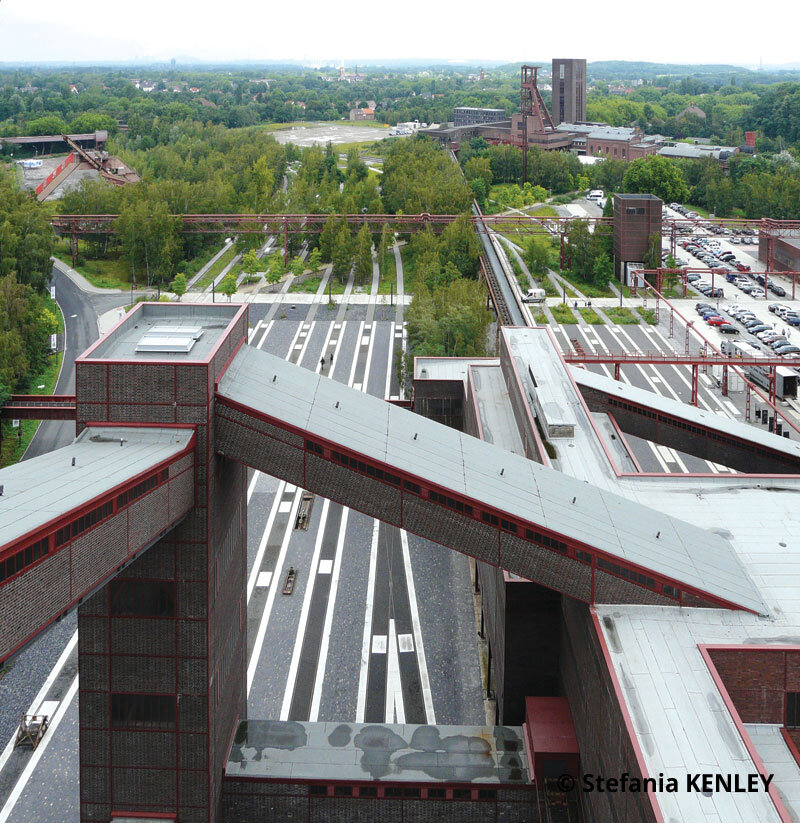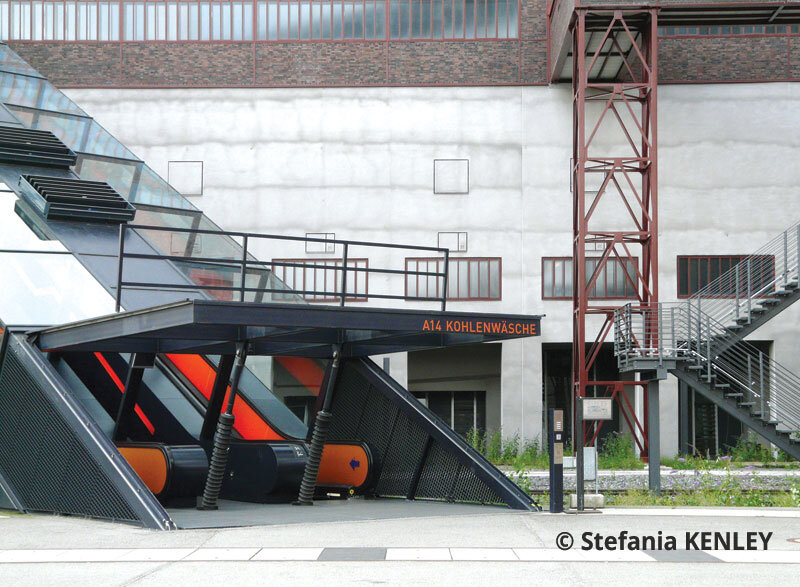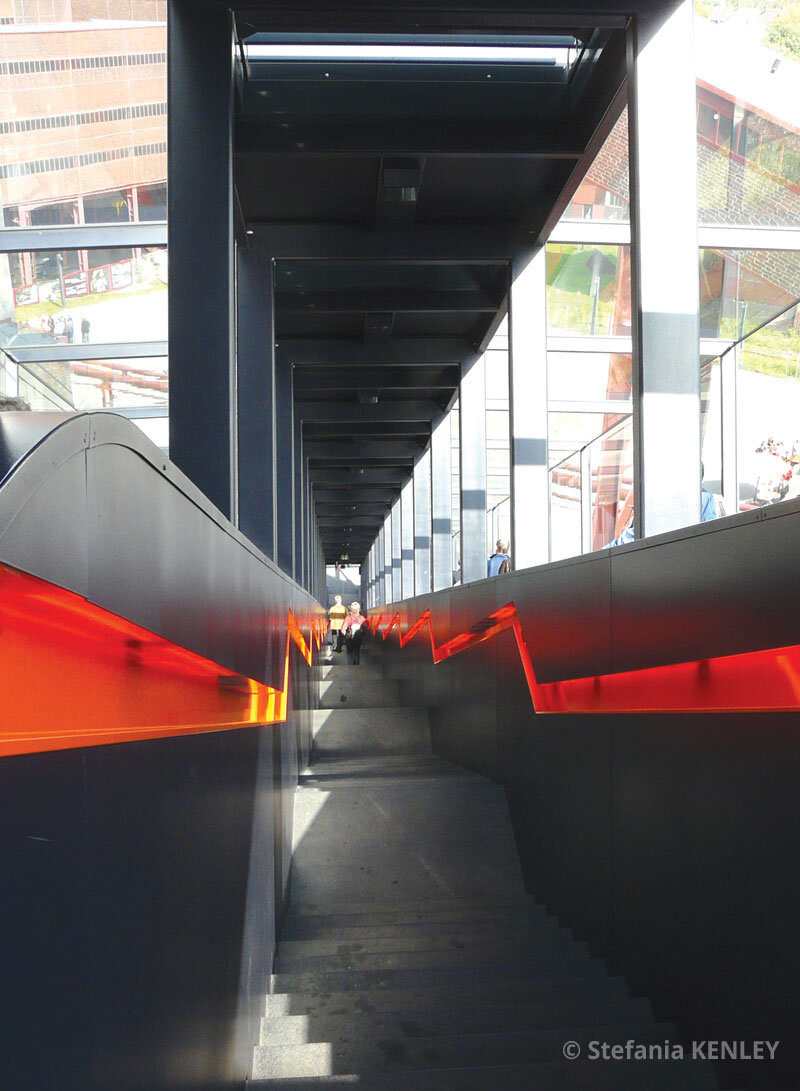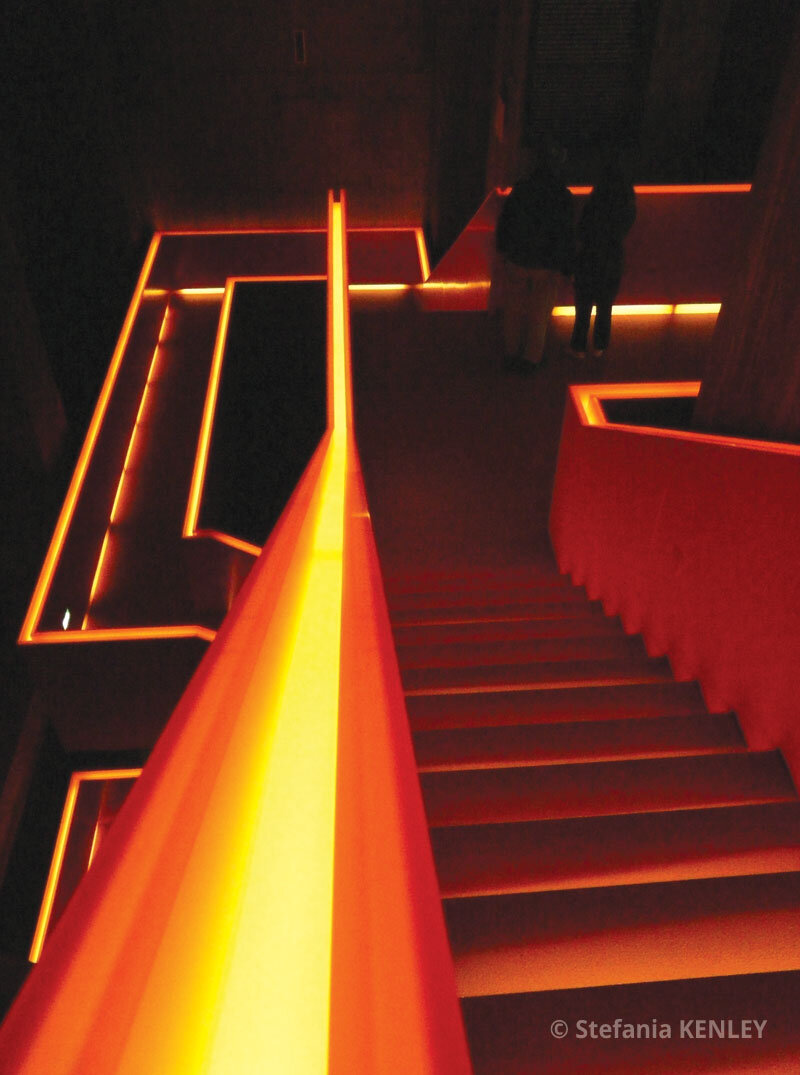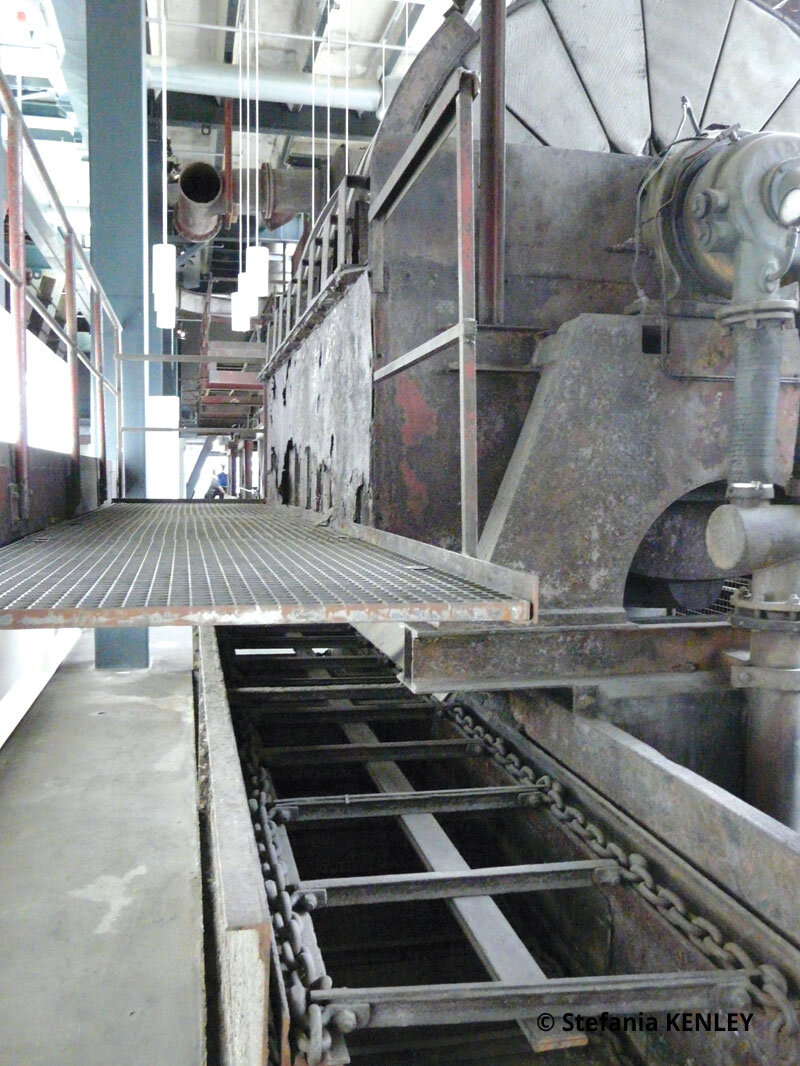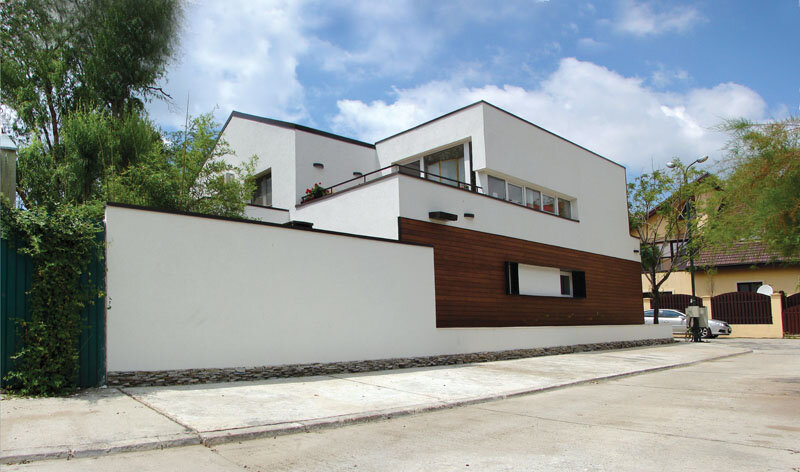
The Ruhr - from glass curtain wall to dancers' curtain salute
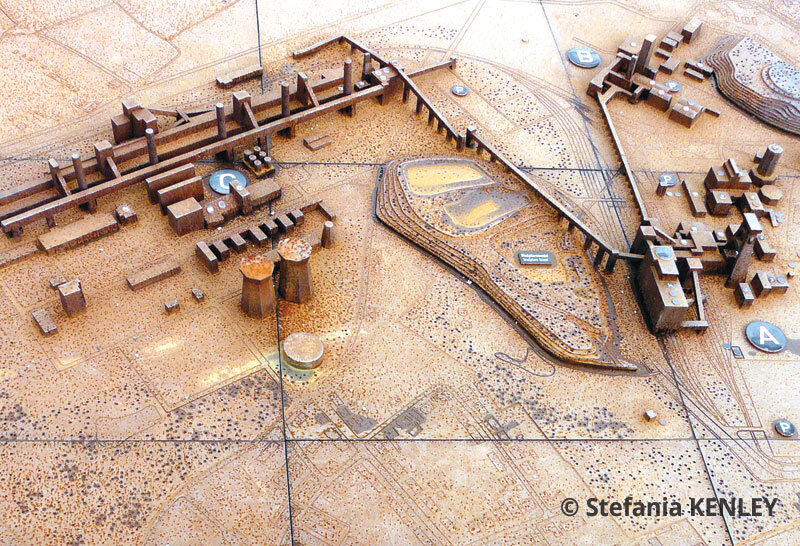
Transparency is a relatively new phenomenon in architecture, consequence of the proliferation of large windows for workshops or art studios and of glass curtain walls in industrial buildings: AEG Turbinenhalle by Peter Behrens, (Berlin, 1909), the skyscraper project for Friedrichstrasse by Mies van der Rohe (Berlin, 1921), the Ozenfant painting studio by Le Corbusier (Paris, 1923), the Bauhaus school by Walter Gropius (Dessau, 1925) etc. Light and suppleness have represented for almost a century the spirit of modern architecture, but also a promise of social justice and of political transparency.
The notion of transparency is in itself ambivalent, describing a material quality, as well as a phenomenal dimension. „According to the dictionary definition, the quality or state of being transparent is both a material condition - that of being pervious to light and air - and the result of an intellectual imperative, of our inherent demand for that which should be easily detected, perfectly evident, and free of dissimulation.”1 This definition of Colin Rowe and Robert Slutzky is further exemplified through specific artworks and architectural elements: „Transparency may be an inherent quality of substance, as in a glass curtain wall; or it may be an inherent quality of organization. One can for this reason, distinguish between a literal and a phenomenal transparency.”2 Half a century ago, when this article was written, transparency represented, in modern architecture, the aspiration for political and social clarity and truthfulness. The gradual implosion of certain industrial activities during the last thirty years has however revealed the limits of this kind of „representation”. In the most performing industrial zones of Europe, the consequences of the massive industrial development are re-evaluated, together with a gradual reassessment of the territory. For instance, the dismantling of the large coal extraction facilities in Germany and their reorientation towards a cultural or social program transformed the Ruhr zone in the European Capital of Culture for 2010. This transformation lends the initial material qualities a metaphysical dimension.
Read the full text in the print magazine.
1 Colin Rowe, Robert Slutzky, „Transparency: Literal and Phenomenal”, Perspecta, Vol. 8, Yale School of Architecture, 1963, p. 452 Ibid. p.46

